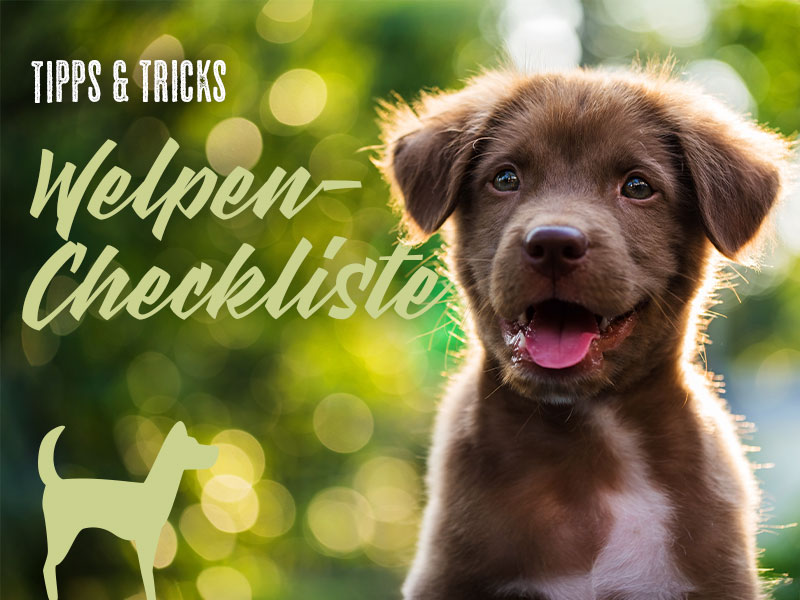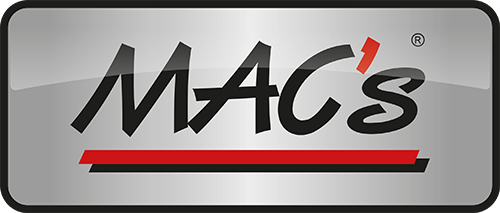Der Unterschied zwischen Allergie und Unverträglichkeit
Genau wie Menschen können auch unsere vierbeinigen Begleiter von Geburt an allergisch auf bestimmte Lebensmittel reagieren oder im Laufe ihres Lebens eine Unverträglichkeit entwickeln. In einigen Fällen sind Getreide oder Eiweiße aus bestimmten Fleischsorten die Auslöser für unerwünschte Reaktionen. Es ist schwierig, zu erkennen, ob das geliebte Haustier allergisch reagiert oder bestimmte Inhaltsstoffe seines Futters nicht verträgt.
Bei einer Allergie schlägt das Immunsystem des Tieres Alarm und reagiert unverhältnismäßig stark auf Stoffe, die es eigentlich als verträglich erkennen sollte und bekämpft sie. Dies äußert sich in Reaktionen wie Durchfall, Juckreiz oder auch Entzündungen.
Bei einer Futtermittelunverträglichkeit hingegen handelt es sich nicht um eine Reaktion, die vom Immunsystem ausgeht. Stattdessen ist der Organismus des Haustieres nicht in der Lage, bestimmte Bestandteile des Futters zu verarbeiten. Häufig reagieren Hunde und Katzen erst nach mehreren Tagen mit Spätsymptomen auf das unverträgliche Futter – auch hier treten oftmals Magen-Darm-Probleme in Form von Durchfall und Blähungen sowie Hautreizungen mit Juckreiz auf.
Die Symptome sind in beiden Fällen sehr ähnlich und lassen sich oft nur schwer auseinanderhalten. Wir haben dir die Unterschiede hier nochmal zusammengefasst:
Allergie
- Immunsystem reagiert auf Stoffe & bekämpft sie
- Tier reagiert mit Durchfall, Juckreiz oder Entzündungen
Unverträglichkeit
- Teile des Futters können nicht verdaut werden
- Tier reagiert mit Durchfall, Juckreiz oder Entzündungen
- Reaktion erfolgt oft erst nach mehreren Tagen
Was ist eine Ausschlussdiät?
Um herauszufinden, auf welche Inhaltsstoffe dein Tier genau reagiert, ist eine Ausschlussdiät empfehlenswert. Hierbei sollte über einen längeren Zeitraum hinweg gezielt ein getreidefreies Futter mit nur einer Fleischsorte als tierische Eiweißquelle und einer Kohlenhydratquelle wie beispielsweise Kartoffeln oder Süßkartoffeln gefüttert werden. Damit reduziert man die Belastung, die dem Organismus über das Futter zugeführt wird. Wichtig ist, dass man auch bei Leckerlis darauf achtet, dass diese aus derselben Fleischsorte und Kohlenhydratquelle bestehen. Verbessern sich die Symptome, kann eine weitere Fleischsorte hinzugefügt werden.
Dieses futter eignet sich für die Ausschlussdiät
Die Mono-Reihe von MAC’s bietet ein vielseitiges Sortiment aus getreidefreier Trockennahrung sowie Nassfutter für Hunde und Katzen, welche aus nur einer tierischen Proteinquelle sowie einem Plus an Vitaminen, Kräutern und gesunden Fetten bestehen. Dadurch eignen sich die Produkte sehr gut für allergische oder empfindliche Tiere sowie für eine Ausschlussdiät.
Für Hunde wird das Mono-Sortiment außerdem durch passende Snacks sowie halbfeuchte Soft-Nahrung ergänzt, sodass ein breites Produktspektrum für eine entsprechende Ausschlussdiät zur Verfügung steht.
So kannst du zum Beispiel unser Mono Trockenfutter Pferd mit unserem Mono Nassfutter Pferd und dem passenden Mono Snack kombinieren. Wenn sich dein Vierbeiner zwischen Nass- und Trockenfutter nicht so recht entscheiden möchte, ist das MAC’s Mono Soft Frisches Pferd die perfekte Alternative.
Und auch für Katzen gibt es von MAC’s ein breites Produktspektrum für Ausschlussdiäten, Allergien und Unverträglichkeiten. Beispielsweise unser Mono Trockenfutter Kaninchen oder unsere Nassfutter-Sorten Mono Lamm und Mono Pute eignen sich sehr gut für empfindliche Samtpfoten.
Mithilfe von MAC’s Mono kannst du genau feststellen, welche Inhaltsstoffe das Haustier nicht verträgt und unter Umständen einen teuren Tierarztbesuch mit Allergietest umgehen. Sollte jedoch nach mehreren Wochen Ausschlussdiät mit unterschiedlichen Fleischorten keine Verbesserung erkennbar sein, ist ein Besuch bei einem Experten natürlich empfehlenswert.




